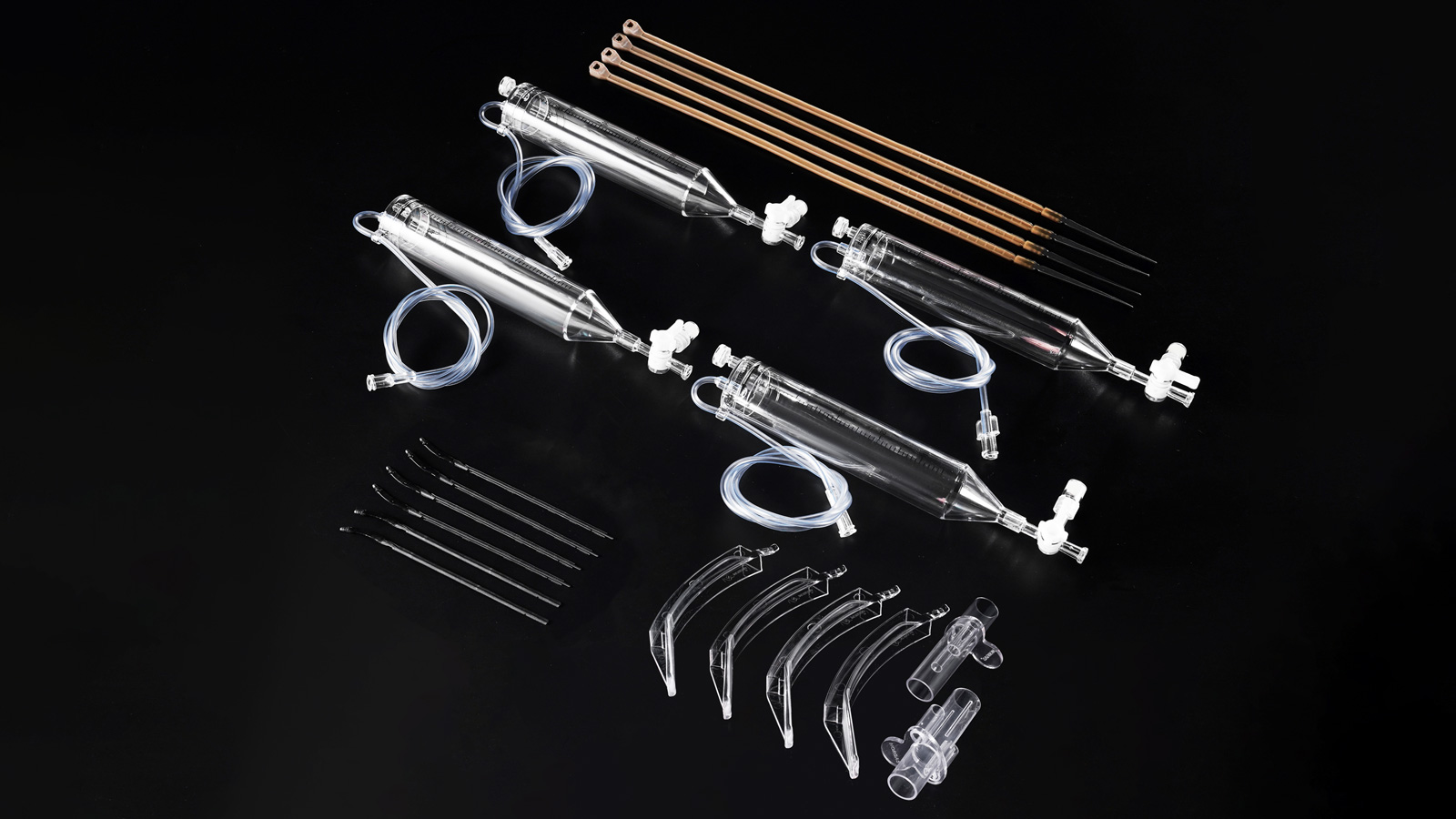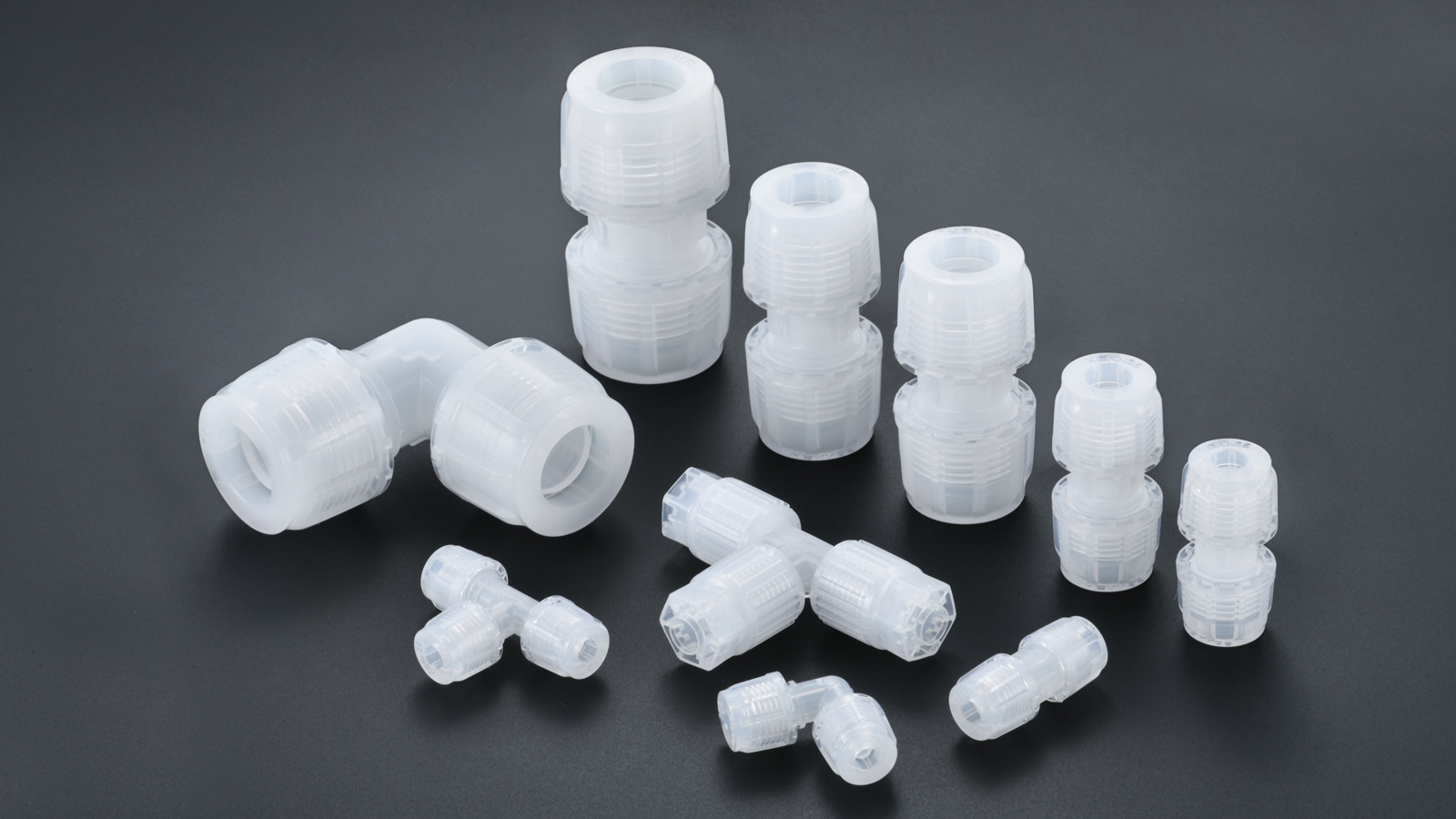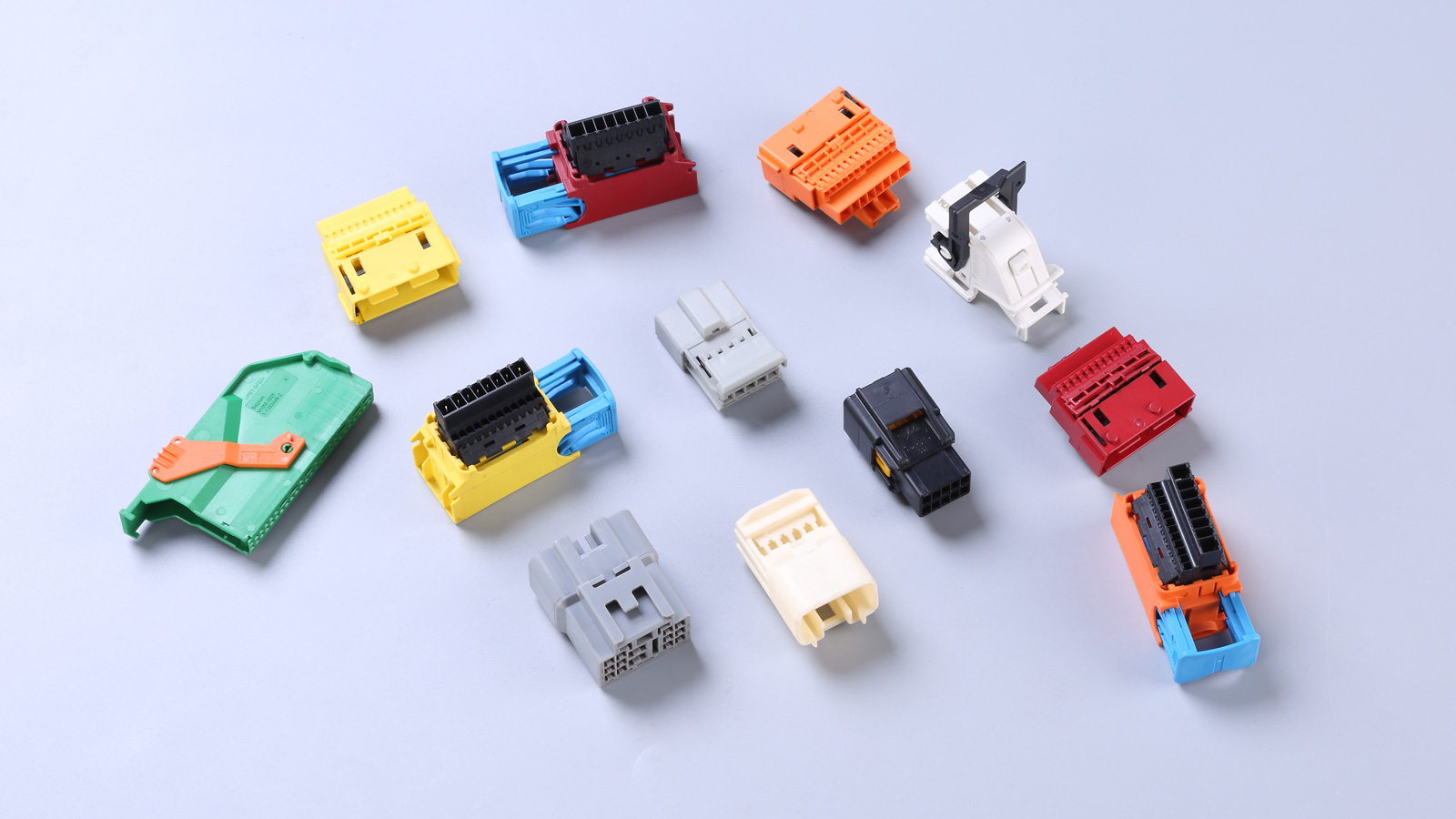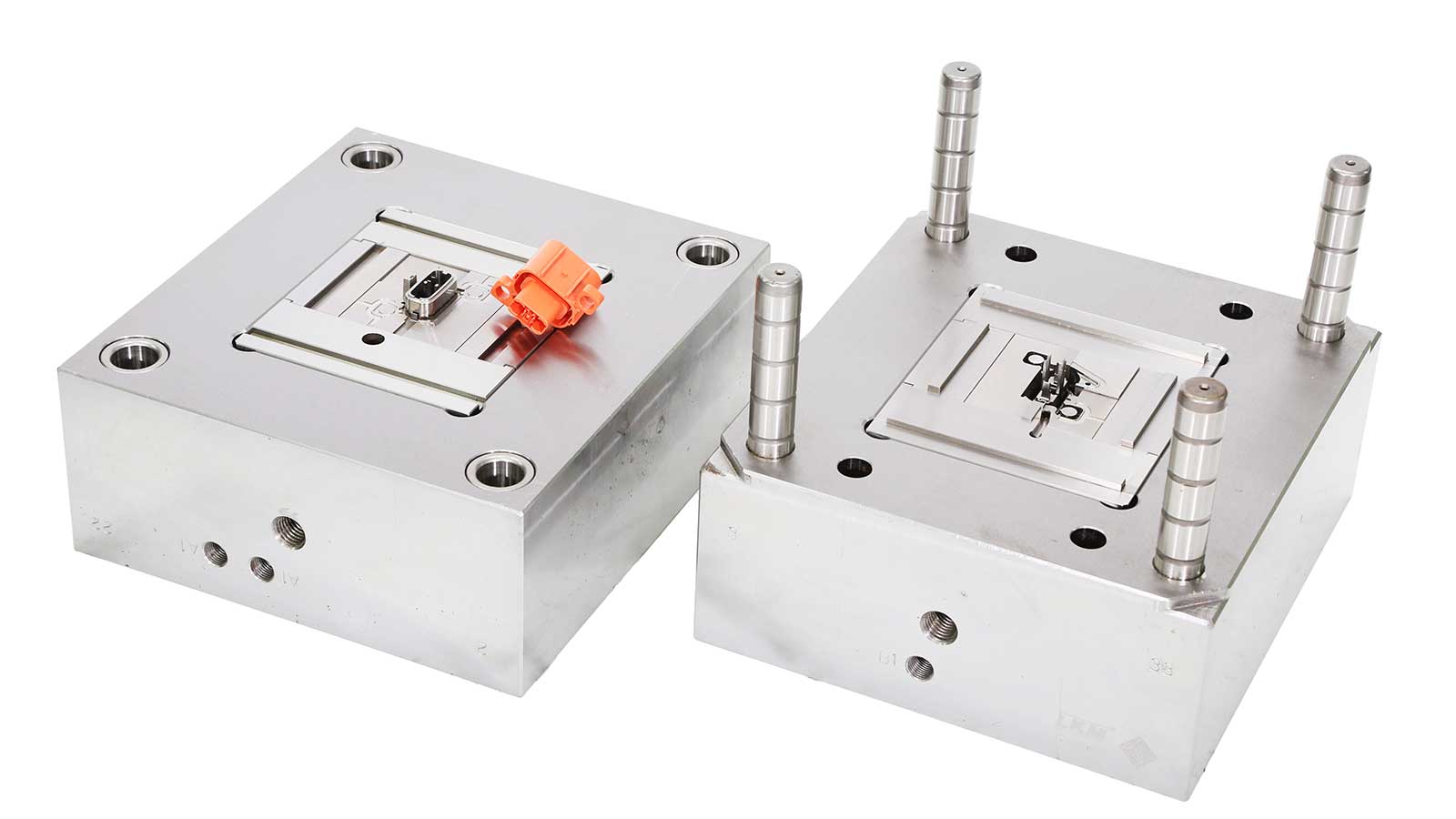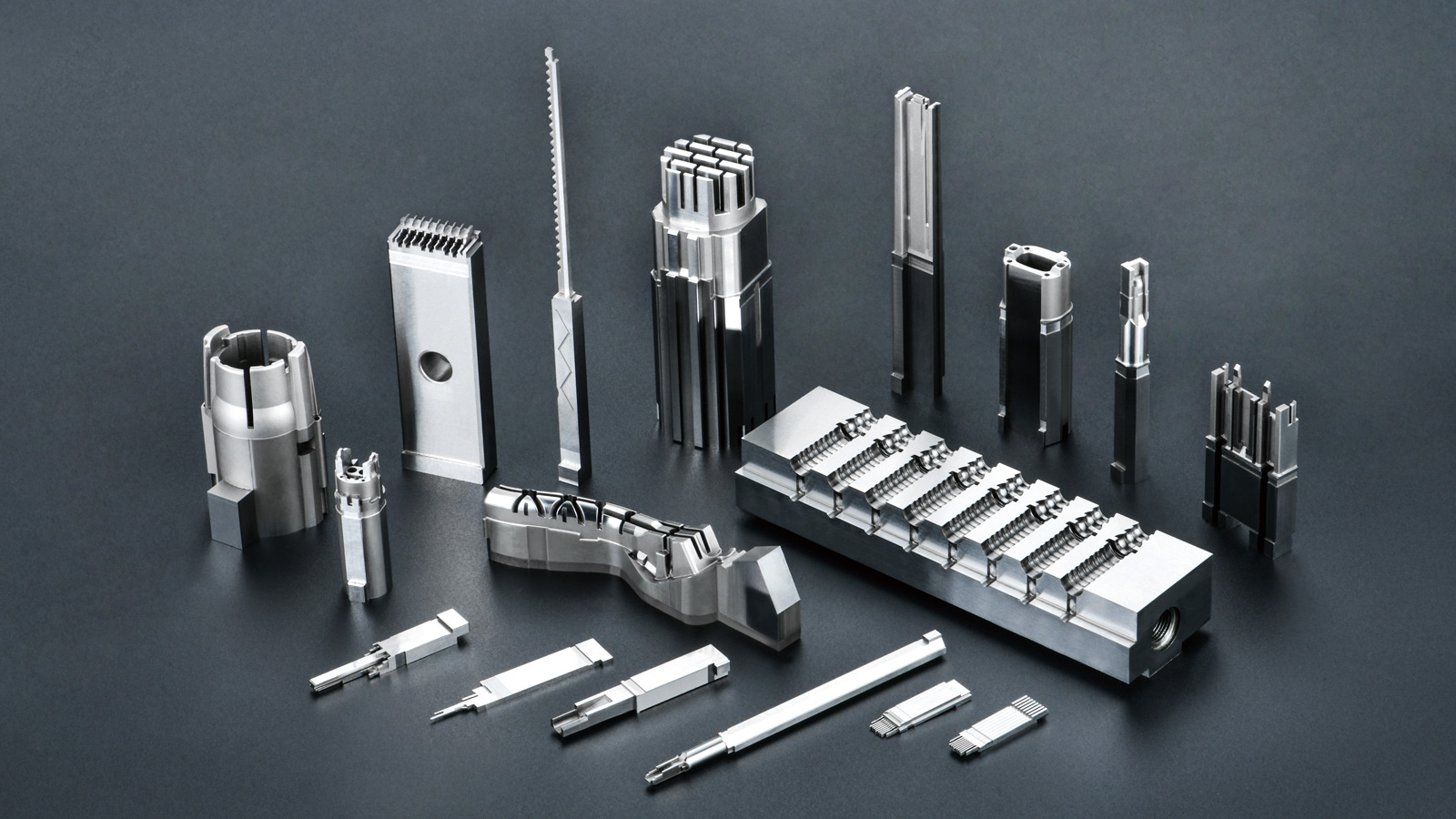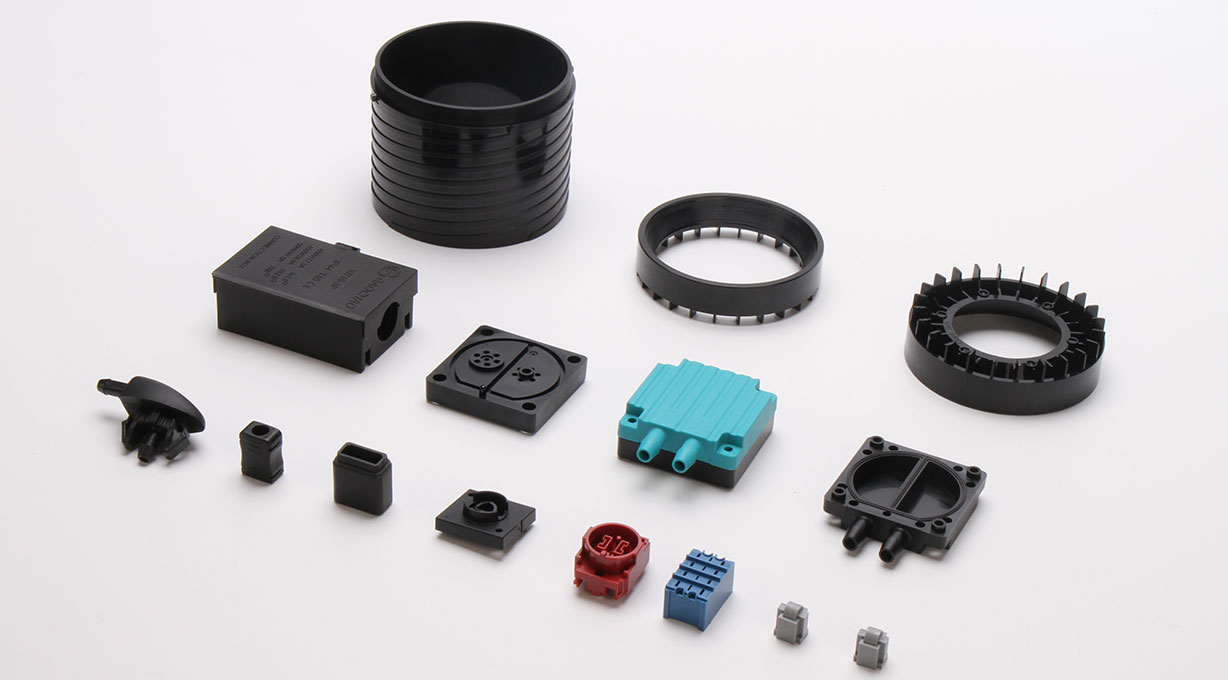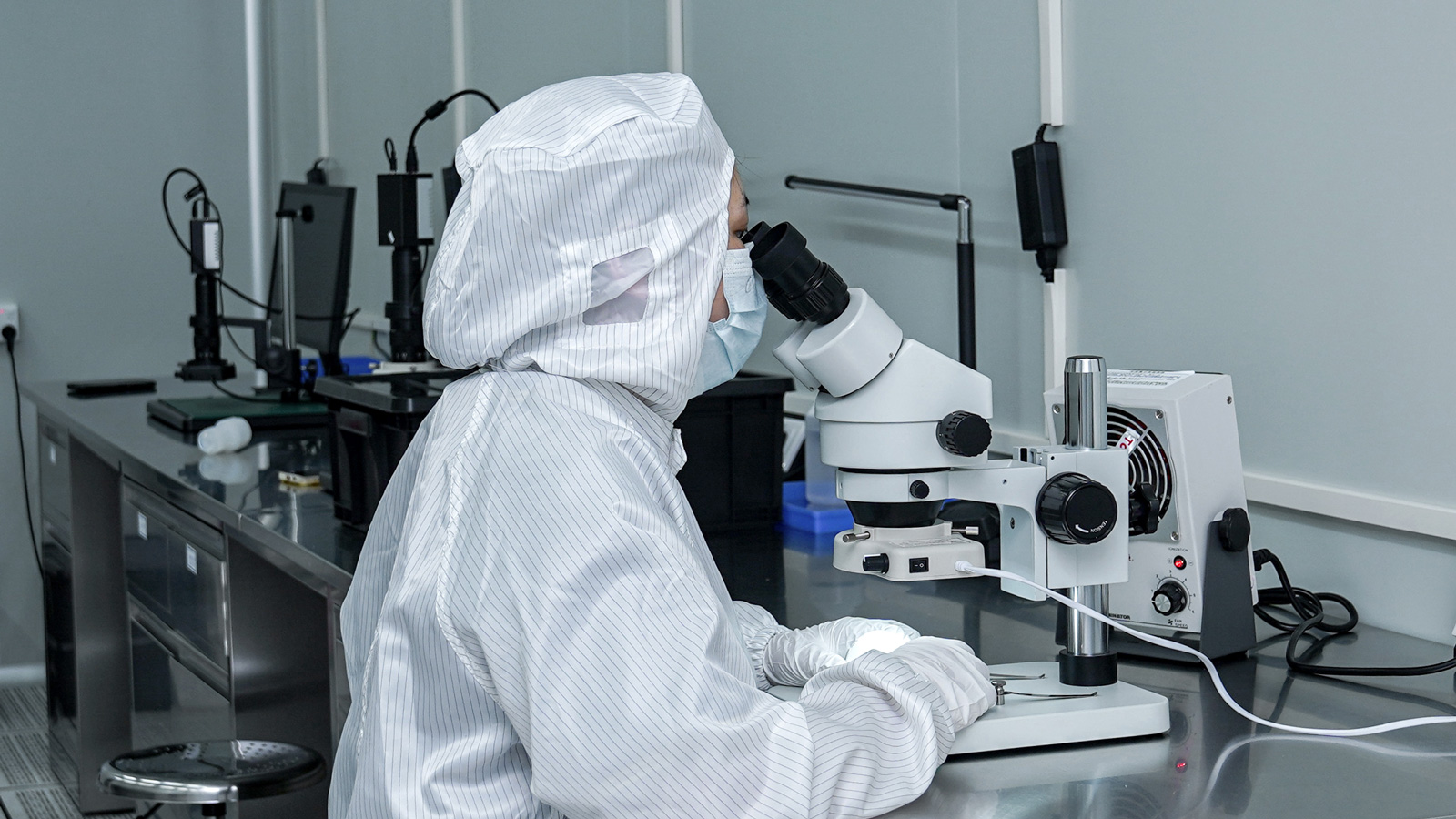Injection molding is a mainstream technology for mass-producing plastic parts. With its strong versatility, it offers significant advantages in plastic part manufacturing, enabling rapid production with high levels of efficiency and low costs. It is widely applied across numerous industries. As technology continues to advance, plastic injection molding has also undergone technological innovations, giving rise to a series of remarkable new technologies. Next, let’s delve into these innovative achievements that are driving the industry forward.
Gas-Assisted Injection Molding: Innovative Process Enhances Molding Quality
Gas-assisted injection molding is a unique and advanced process. Its core operation involves introducing pressurized gas, typically stable nitrogen, into the injection mold. Once the pressurized gas enters the mold, it rapidly forms a bubble. This bubble acts as an invisible driving force, forcefully pushing the molten plastic toward the end of the mold. As the bubble continues to expand, it gradually covers different parts of the mold, thereby ingeniously completing the filling of the plastic within the mold.
In practical implementation, there are various flexible methods for gas injection. Gas can be precisely injected through the machine nozzle or directly into the mold cavity under strict control of constant pressure or volume. This innovative process effectively improves the molding quality of plastic products, reduces internal stress concentration within the products, and lowers the risk of warping and deformation, providing a solid guarantee for manufacturing higher-quality and more stable plastic parts.

Thin-Wall Injection Molding: Technological Breakthrough in the Trend of Thinning
In the field of plastic injection molding, thin-wall injection molding is emerging as an unstoppable development trend. A plastic product is defined as having a thin wall when its wall thickness is less than 1mm. An important indicator for measuring thin-wall injection molding is the ratio of flow length to thickness, L/T. This ratio refers to the flow length L from the point where the melt enters the injection mold to the farthest point in the cavity that the melt needs to fill, divided by the corresponding average wall thickness T. When this ratio reaches 100 or 150 or above, it falls within the scope of thin-wall injection molding.
Thin-wall design has become a highly sought-after goal in the plastic consumption industry due to its numerous significant advantages. Firstly, it can effectively reduce the weight and overall size of products, making them more convenient to carry and use. Secondly, it facilitates integrated design and assembly of products, improving their overall performance and reliability. Moreover, it can significantly shorten the production cycle and greatly enhance production efficiency. Finally, it also helps save raw materials and reduce production costs, creating higher economic benefits for enterprises. For these reasons, thin-wall injection molding has become a new research hotspot in the injection molding industry, attracting numerous researchers and enterprises to continuously explore and innovate, driving the continuous development of this technology.
